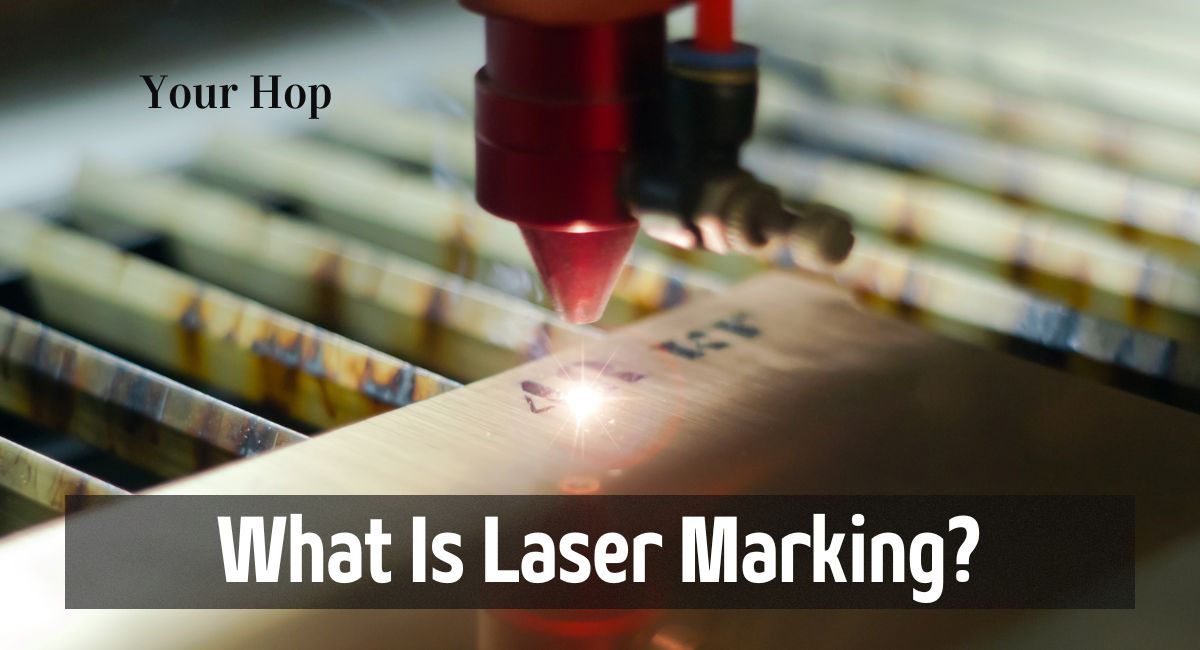The procedure of laser marking is irreversible and uses a concentrated beam of light to leave a mark on a surface. This mark will be there indefinitely. The term “laser marking” refers to a wide range of processes that can be carried out with a number of machines, including those that use pulsed, continuous wave, green, or ultraviolet light.
Laser marking can be automated and processed at high speeds, leaving permanent traceability marks on a variety of materials including steel, titanium, aluminum, copper, ceramic, plastic, glass, wood, paper, and cardboard. These materials are just some of the many that can have their markings laser-engraved.
Text, machine-readable data (such as barcodes, Unique ID codes, and 2D Data Matrix codes), and images are the three types of markings that can be applied to products and parts. Text markings include serial numbers and component numbers.
Different Lasers to Mark Different Materials
The units of measurement for the intensity of laser light are called wavelengths or nanometers (nm). There are a variety of purposes that call for the utilization of particular wavelengths, each of which can only be produced by particular kinds of lasers.
Fiber lasers.
In order to generate photons with a wavelength of 1,064 nanometers, the rare-earth metal ytterbium needs to be excited. This particular wavelength is suitable for marking metals because a significant amount of the energy it emits is taken up by the material.
CO2 lasers.
The stimulation of CO2 gas to generate wavelengths between 9,000 and 11,000 nm covers a wide variety of organic compounds, each of which requires a specific wavelength. 10,600 nanometers is the wavelength that is most frequently used for organic compounds.
The Variations That Can Be Seen Between Etching, Engraving, and Marking
There are distinctions to be made between laser marking, laser etching, and laser engraving, despite the fact that these phrases are frequently used interchangeably with one another. Every method has a unique set of applications and characteristics that make it particularly well-suited to certain kinds of tasks.
Conclusion
The process of laser marking is adaptable and encompasses a wide variety of technologies, allowing for the production of marks that are accurate, long-lasting, and of high quality.
This eco-friendly procedure is a good alternative to the conventional marking techniques, as it ensures high production speed, consistent repeatability, the durability of marks, and minimum maintenance requirements.
As a result, it is an outstanding option for the applications that you have. Contact Lasit Laser whenever you find yourself in need of laser marking services of a high quality for your products, and we will be happy to assist you in getting started.






